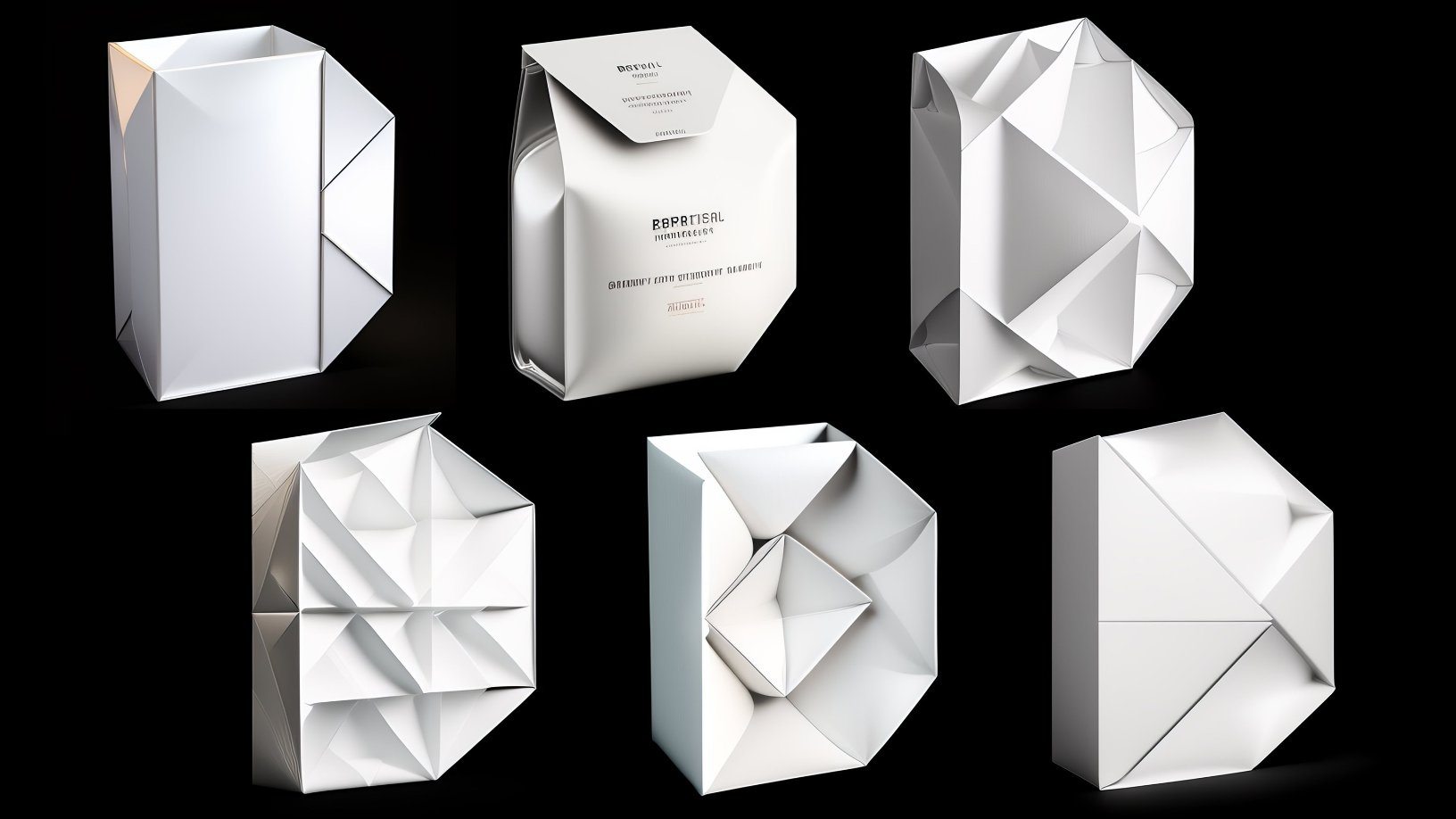The Next Frontier is Now: What to Know About AI in Branding & Packaging Design
By
Published
Filed under

By
Published
Filed under

After everything you’ve read in the news (or in our Managing Editor Bill’s Friday Wrap-Ups), perhaps you’d like to stick your head in the sand and let all this talk of Artificial Intelligence die down.
Well, sorry, friend—AI is here, whether you like it or not. Sometimes we fear what we don’t understand, so it’s time to get up to speed on everything AI in design. What projects have we already seen that use AI? How can designers utilize it? What is this weird, strange sci-fi future of ours going to look like? And everyone’s most pressing question: is it coming for your job?

Carlos Aledo, Prosur
Get unlimited access to latest industry news, 27,000+ articles and case studies.
Have an account? Sign in